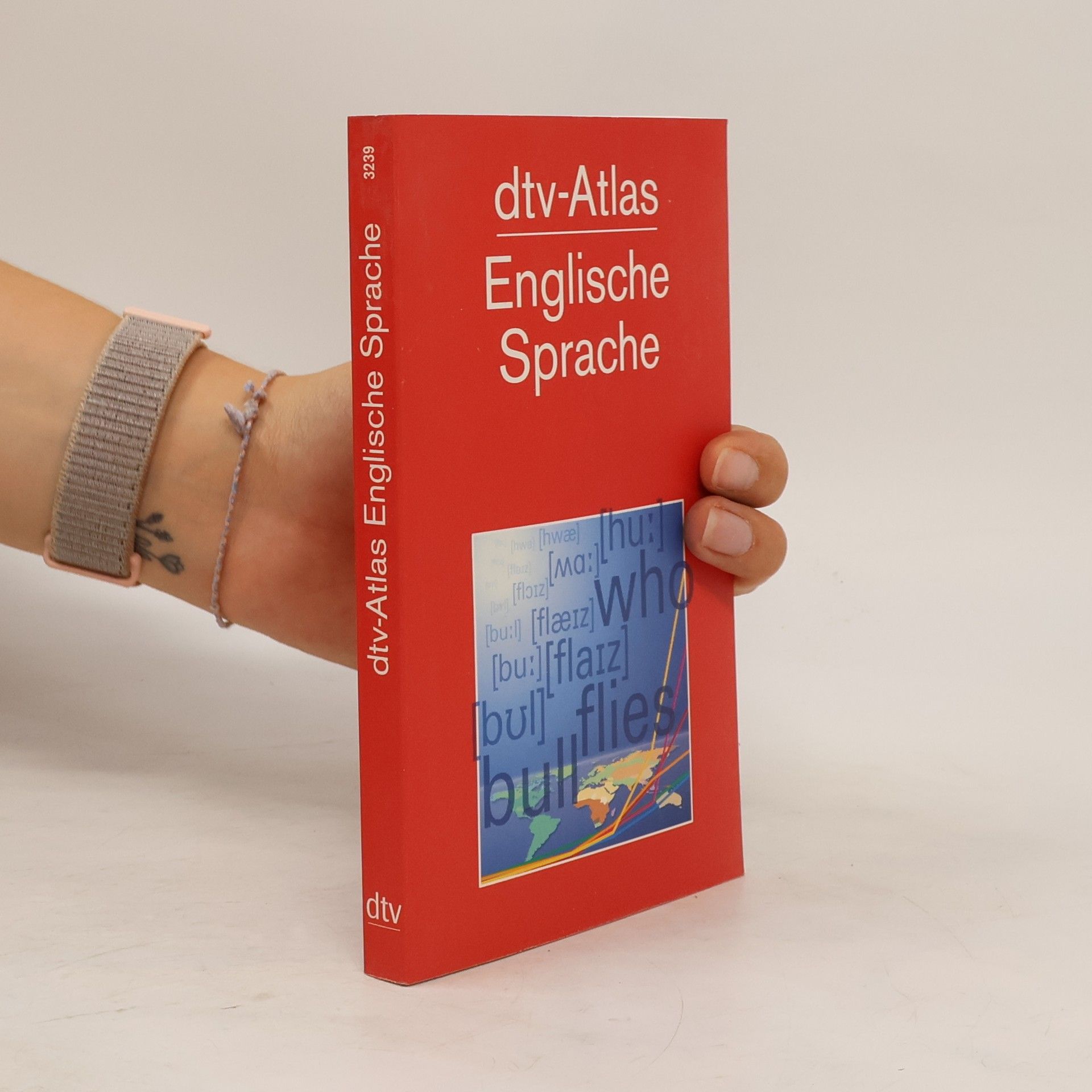Das Englische ist eine weltweit verbreitete Sprache, die von über 350 Mio. Menschen als Muttersprache verwendet wird, v. a. in den großen englischsprachigen Ländern Großbritannien, Irland, USA, Kanada, Australien und Neuseeland. Darüber hinaus erfüllt das Englische in vielen Teilen der Welt die Funktion einer Zweitsprache oder Fremdsprache. Hierbei ist besonders zu betonen, daß das Englische kein einheitliches sprachliches System darstellt, sondern zahlreiche Erscheinungsformen aufweist, die sich unter Umständen ganz erheblich von der englischen Standardsprache, wie sie in deutschen Schulen gelehrt wird, unterscheiden können. Das vorliegende Buch trägt dieser sprachlichen Vielfalt Rechnung. Der Leser erfährt in anschaulichen Grafiken und weiterführenden Texten in einer Einführung Grundsätzliches über Sprache, Wortbildung oder Syntax. Der historische Teil informiert über die Entwicklung vom Altenglischen zum modernen Englisch, und daran anschließend werden regionale Besonderheiten in England, Schottland, Irland und Wales erläutert sowie die Varianten von den USA bis Papua-Neuguinea. Der dtv-Atlas Englische Sprache wurde illustriert von Werner Wildermuth
Wolfgang Viereck Livres
4 septembre 1937 – 4 septembre 2018

